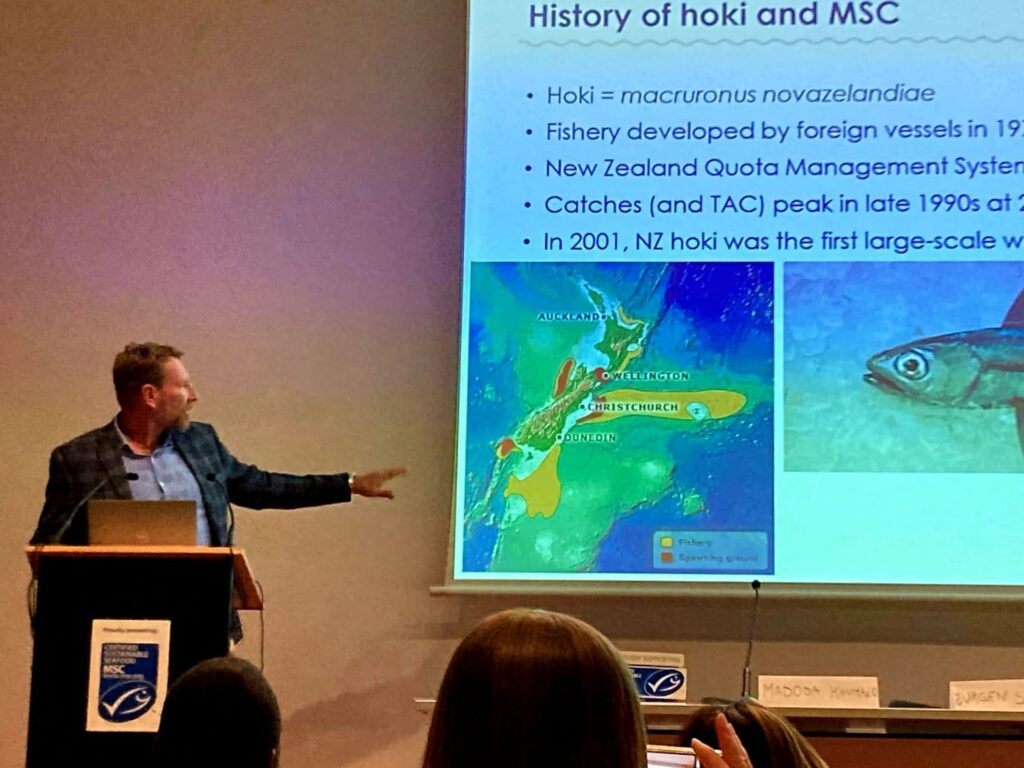31 July 2025
As New Zealand’s largest seafood company, Sealord regards itself as a leader within New Zealand’s world-class fisheries management system, but lesser known is our work in advancing best fisheries practice in the high seas.
The high seas are international waters beyond any one country’s jurisdiction, where fishing is monitored and regulated through a governance system of international agreements and regional bodies.
Like a country’s governance of its own oceans, high seas governance is about the sustainable use and protection of marine resources, preventing over-fishing, and minimising environmental impact.
Sealord GM Operations Rui Ventura describes some of the ways Sealord contributes to this.
“We are rapt with the appointment of Sealord’s Marine Science Manager Charles Heaphy as President of the NZ High Seas Fisheries Group in the South Pacific. It’s a huge job, and they’ve chosen well in Charles. He is also president of the Southern Indian Ocean Deep Sea Fishers Association and is highly regarded for his science advocacy,” Rui says.
Charles represented deep-sea fishers at the United Nations’ Food and Agriculture Organisation (FAO) Deepsea Project in May this year.
“The plenary sessions, panels and debates at the FAO are not just dialogue – they have impactful outcomes such as consensus recommendations or best practice guidelines for governments, industry and regional fishing management organisations,” Charles says.
Our part in promoting global food sustainability
Sealord has been assisting projects under FAO’s Common Oceans Programme since 2014, most recently though the partnership of the Southern Indian Ocean Deep Sea Fishers Association that Charles leads.
“The Southern Indian Ocean workstreams are part of an FAO project to increase the uptake of its guidelines for the sustainable management of fisheries in the high seas,” Charles says.
“It is all about global food sustainability. And it is where New Zealand, with our reputable practices, can take a strong lead,” he says.
“Sealord is recognised as a stand-out high-seas operator because of our investment in science and vessels, and our focus on conservation and precision fishing. For example, we have funded seabed and seamount mapping, forming the scientific basis for declaring new benthic protected areas – where we don’t trawl the seafloor.”


Spotlight on deep-sea species
Improving shark identification is one of the main thrusts of another project under the Common Ocean Programme.
“We know more about moa than deep-sea sharks,” Charles says.
“And it’s not just the finer points of shark biology – we don’t know enough to be able to identify all the shark species when we encounter them as bycatch.”
The project is building scientific knowledge, applied to produce shark identification keys, charts and digital tools for use on deep-sea vessels. One of the practical ways that Sealord supports the science is by hosting scientists on its vessels, who go on to identify rare species such as goblin sharks.
